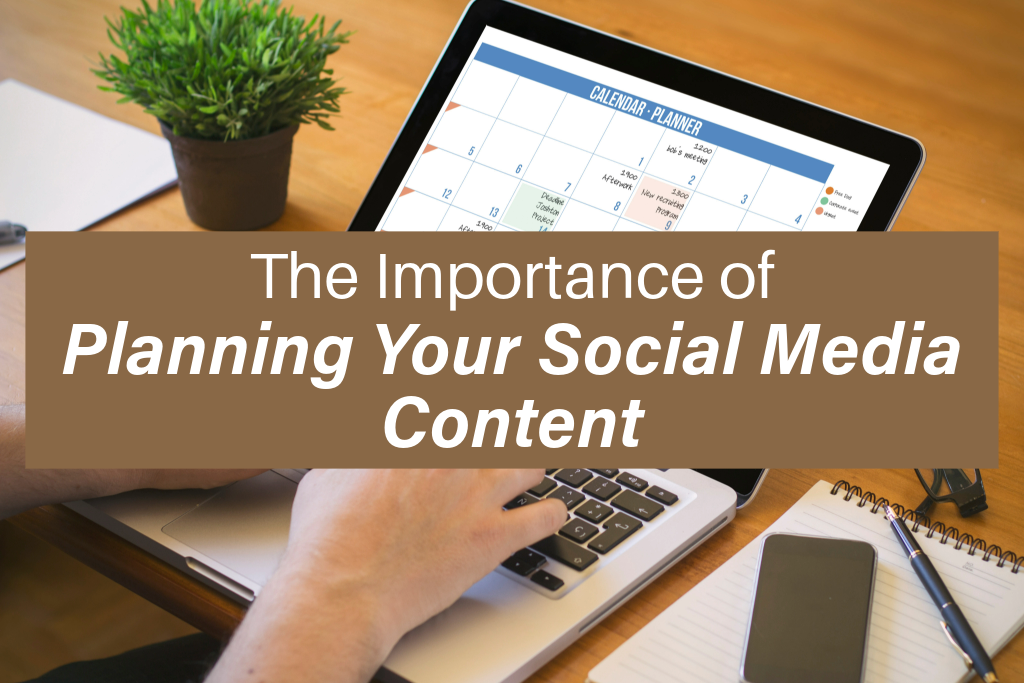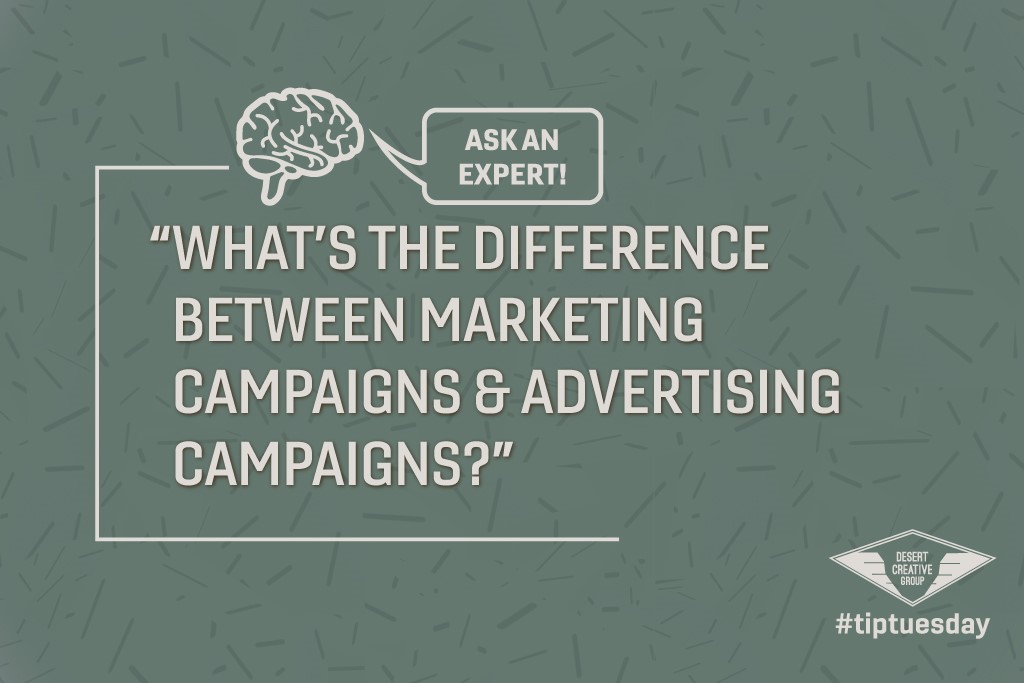
June 22nd, 2021 – Weekly Marketing Tips to Elevate Your Marketing Skills
Join our weekly Tip Tuesday community by subscribing here.

Utilizing Videos in Your Marketing
When asked how consumers would most like to learn about a product or service, two-thirds of buyers (66%) said they’d prefer to watch a short video. This compares to 18% who’d rather read a text-based article, website, or post, 4% who’d like to view an infographic, 3% who’d rather download an ebook or manual, 3% who’d rather attend a webinar or pitch, and 2% who’d like a sales call or demo.
Here are 5 tips to maximize your videos for better results:
- Keep it simple and short. This should be true for all of your messaging – but especially for your videos. Be compelling, clear, concise, and have a clear call to action.
- Use subtitles! People often scroll through their feed with their phone silenced. Make sure they’re not missing your message. If your intro is interesting enough, it may even compel them to turn their sound on.
- Show something unique! There are millions upon millions of videos, ads, and posts circulating online, so your videos need to be as unique as you are and start strong. Humor and shock factor always works to pull people in.
- Utilize different videos for targeting people in the different stages of your customer journey. People need different information at different times and make sure to plan that into your video content as well.
- Quality is key. This is not just for video quality, but for sound too. Don’t forget to pick up a microphone for your phone, think about the lighting, and be mindful of your background.
Ask an Expert

A landing page and a website are pretty much one in the same. However, they are used differently.
A website usually consists of multiple pages that gives organization to your information and provides decently detailed facts about what you do, who you serve, and what you provide.
A landing page is usually an abbreviated version of your website with pertinent information for a specific person all on one page. Here’s where the difference comes in. Typically you use a landing page that has special information on it to lead people through a customer journey and get them to fulfill your call-to-action.
Think about if your business sells a service, but to two different types of industries or categories of people. Those people would need to hear different things to connect with your brand and service since they usually have different problems/concerns. You can create two separate landing pages of tailored content that would resonate with each group of clients. Then when you create ads that target these different audiences, you’re able to send them to the appropriate page that they’ll be more likely to respond to.
We like creating landing pages for campaigns since you are able to create a separate, microenvironment to track performance and conversions.
This week’s recommended tool is Hotjar!
From their website: “Hotjar is a behavior analytics and product experience insights service that helps you empathize and understand your users, and get their feedback through tools like heatmaps, session recordings, and surveys.”
What does that mean and why is it useful? When we look at our website analytics, we’re able to follow the customer’s actions, but it can be cumbersome and tricky. Also, you don’t fully know what exactly the user was looking at on the page, which link they clicked (if there are multiple), and where they spent the bulk of their time.
Hotjar provides heatmaps for one user or a report of all of the users in a timeframe. There are many services out there that provide this, but something that makes Hotjar a little different, is they provide you recorded screenshots of your user’s time on your website. Where they looked, scrolled, clicked, etc. It’s literally like being a fly on the wall while someone was using your website. This is particularly powerful for marketers and web UI/UX designers. A 3rd really useful tool that they have too is the ability to send website visitors surveys on their experience at different stages and with different triggers. This is also useful if you are BETA testing new features and functionalities.
Also – YES, Hotjar is GDPR & CCPA compliant!

From Hootsuite:
Experiment: Do Long Captions Get More Engagement on Instagram?
Marketing Dive Brief:

L’Oréal taps Pinterest creators in expanded push into content marketing
MONTHLY CAREER DEVELOPMENT TRAINING
 Don’t miss out on Janeale’s monthly leadership development workshop to elevate your marketing skills and career by shifting to big-picture thinking!
Don’t miss out on Janeale’s monthly leadership development workshop to elevate your marketing skills and career by shifting to big-picture thinking!
July 29th 10:30a MDT








